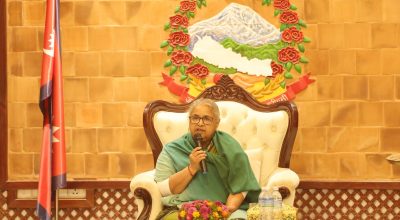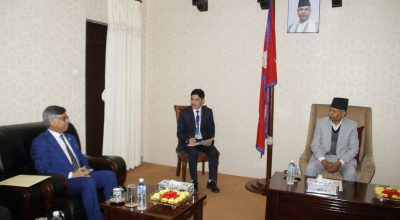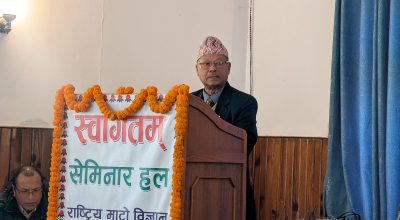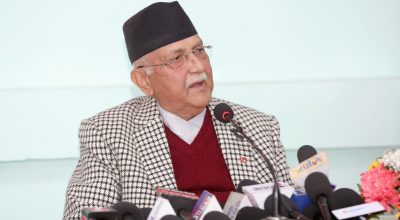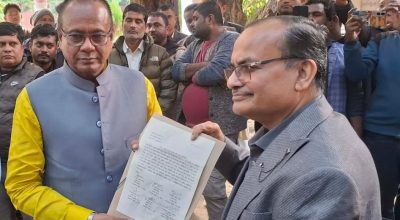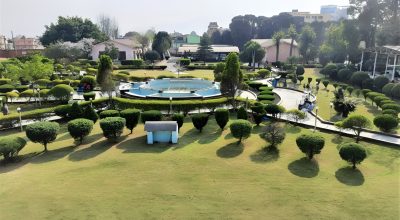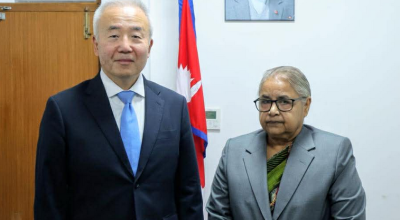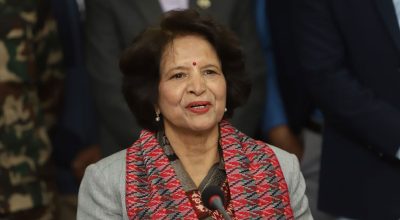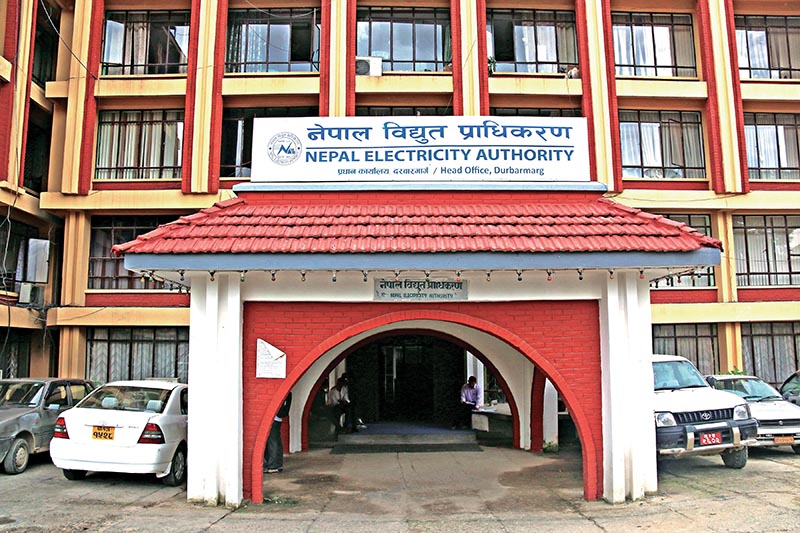
Ramesh Lamsal/RSS
Kathmandu : Government’s plan of providing electricity facility to every house of Nepalis is in the phase of completion gradually.
The remaining houses of the Nepali citizens would have access to clean energy within two years if the activities are forwarded as per the government’s plan. Out of 753 local levels, 476 local levels have been fully electrified.
Similarly, 242 local levels have been partly electrified. The government and Nepal Electricity Authority have been involved with a plan to provide fully service at the partly electrified local-levels.
Likewise, 35 local levels have not yet got electric service. The NEA has been taking initiatives in a planned manner keeping these local levels in centre. Specially, some local levels of Karnali have not got got electricity service.
The NEA has already announced tender by making arrangement of sources of Rs 28 billion to take electricity service in these areas. The NEA has made preparation to provide electricity access in all local levels within next two years.
As per the Electrification Statistics-2079 prepared by the NEA by carrying out detailed study of all local levels, out of total population, 92.51 per cent population have access to electricity.
Madhes province has the highest electrification rate of 99.95 per cent and lowest in Karnali province which is 56.79 per cent.
Province 1 has 91.23 per cent electrification, 97.47 per cent in Bagmati, 97.76 per cent in Gandaki, 96.73 per cent in Lumbini and 78.85 per cent in Sudurpaschim provinces.
So far, 42 districts, out of 77, are fully electrified. They are Jhapa, Morang, Sunsari, Dhankuta, Saptari, Siraha, Dhanusha, Mahottari, Sarlahi, Rautahat, Bara, Parsa, Ramechhap, Dolakha, Kavrepalanchowk, Sindhupalchowk, Kathmandu, Bhaktapur, Nuwakot, Rasuwa, Dhading, Chitwan, Tanahu, Lamjung, Kaski, Syangja, Palpa, Parbat, Mustang, Baglung, Gulmi, Pyuthan, Nawalparasai ( Bardghat-Susta East), Nawalparasi, Rupandehi, Arghakhanchi, Kapilvastu, Dang, Banke, Bardiya, Kailali and Kanchanpur.
Likewise, 14 districts : Ilam, Panchthar, Tehrathum, Sankhuwasabha, Khotang, Udaypur, Sindhuli, Makwanpur, Gorkha, Palpa, Myagdi, Rukum West, Doti and Dadeldhura witness 75-95 percent of electrification while 10 districts : Taplejung, Bhojpur, Okhaldhunga, Manang, Rolpa, Salyan, Surkhet, Dailekh, Achham and Darchula report 50-75 percent electrification.
Seven districts: Rukum East, Jumla, Kalikot, Mugu, Humla, Bajhang and Baitadi are those district where 25-50 percent electrification has been carried out so far while four districts: Solukhumbu, Dolpa, Jajarkot and Bajura has just 25 percent electrification.
Dolpa, Mugu and Humla still have no access to national grid and the government has the programme of implementing the electrification project: solar and micro hydropower through the Alternative Energy Promotion Center.
NEA managing director Kulman Ghishing said works are in progress in a planned way in line with the government’s announcement to ensure reliable and quality electricity service to the entire Nepali people by 2024.
In the fiscal year 2072-73 BS, only 62.16 percent households in Nepal were electrified and now this figure rose to 92. 51percent. Four provinces, out of seven, are almost completely electrified.
The electrification in Karnali Province districts has been slightly delayed to its geographical challenges and remoteness, works go on with the target of providing electricity to the entire population by the next two years, according to the NEA.
The NEA is implementing the electrification projects in hilly districts of Lumbini, Karnali and Sudur Paschim Province on around Rs 28 billion soft loan from the Asian Infrastructure Bank and the European Investment Bank.





